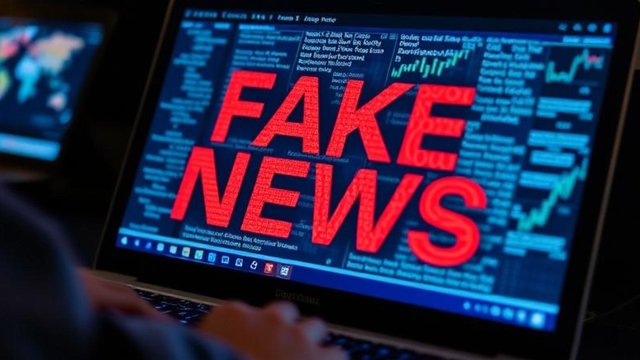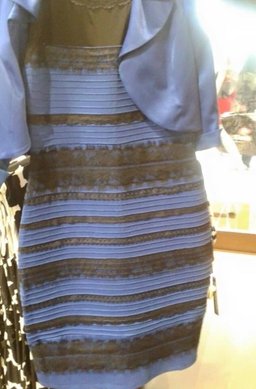When the Internet Lies: How Perception Wars Are Rewriting Reality
You’ll see lot of things at the Internet, the understanding of reality of it are always facing a constant challenges. Such viral debates splitting the internet with diversify perspectives which have long since surpassed a mere online dispute. This brought to a proof, how fragile we are to take in reality into believing whatever we see at the internet. So.. what if this phenomenon transcends harmless illusions into misinformation, deepfakes and rewriting the truth? That will be story for another time, so let’s get back
The Science of Perception: Why We All See and Hear Things Differently
Realities are not captured by our brains like a camera; conversion occurs within. External factors, lighting, sound frequencies, and even personal biases influence the way we perceive colors, sounds, and memories. For example, The Dress experiment showed that some individuals believed the dress to be in well-lit conditions. Therefore, their perception was that it was white and gold, while other individuals assumed a shadowed setting and perceived it as blue and black. Similarly, the direct confrontation of Yanny against Laurel brings to light how different frequencies and our own auditory conditioning mold the percept we have from auditioning.
Beyond these are further viral perception battles:
- Brainstorm vs. Green Needle : Another auditory illusion through which the same sound seems to produce different words based on what the listener expects to hear.
- Rotating Mask Illusion : A hollow mask seems convex to our brain simply because it expects the normal face structure.
- The Spinning Dancer : A silhouette of a dancer spins in the contrary direction depending on the motion processing of the brain. These illusions remind us that reality is not so much objective as it is subjective to perception. We just tend to believe in what we see at the internet.
Social Media: The Amplifier of Perception Wars
The online world thrives on a good debate. If it goes viral, it gets people talking and algorithmically fed to the users for maintaining traction. From X, TikTok, and 小红书, perception conflicts have turned into digital battlefields in which people take unyielding positions to defend their version of reality.
The matter swings from a harmless debate to some of the cause problems way beyond perception wars when conspiracies based on fake news, deepfake, and AI-generated misinformation distort the general perception to sway public opinion, even history.
Consider the following real-world cases:
- Conspiracy of the Crisis Actor : Following tragic events, conspiracy theorists often claim victims were hired actors whose aim was to manipulate public perception and satisfy him by removing a world of unattainable grief following any tragedy.
- Political Scandals via Deepfakes : With this AI in deepfake technology, videos that appear to have been made up of recordings of politicians were shown making statements in which they weren’t actually, thereby influencing public support in elections.
- News Headlines That Mislead : Headlines often sensationalist or biased usually lead to complete misrepresentation before the story is out.
The Real-World Impact: When Perception Shapes Truth
If we cannot agree on the color of a dress, how can we settle any standards of reality regarding politics, science, or news? Thankfully, it has been made easier to find a convenient truth to believe in than to find one based on hard objective facts thanks to psychological biases, confirmation bubbles, and manipulated media. Deepfake technology has already muddied the line between fantasy and reality, with convincing videos of politicians doing and saying things they never did. AI-generated voices are capable of imitating real people with a fearfully realistic sound. When we stop trusting our ears and eyes, what happens?
Fighting Back: How to Navigate the Perception Crisis
Later on, how would it be possible to gain control over the subject in a world filled with continuous deceptions from the internet? There are certain steps to follow:
- Be inquisitive first, and then respond : Emotion beats logic. So why not get to the truth of it before even write your comments. I understand the temptations to be the “FIRST!” but yep, hold it right there.
- Check the sources and get the truth : Some sites i could recommend here regarding this, Snopes, Reuters Fact Check, PolitiFact or just do a reverse image search with Google Image or TinEye
- Be Aware of Your Own Glitches : Your perspective is not always the reality.
- Stay Smart on Digital Manipulation : Know how AI, deep fakes, and the tricks of misinformation operate so you can better recognize them.
Reality is Fragile, Protect it
Perception is powerful and the internet has weaponized perception. Be it a viral debate over a dress, a misunderstood auditory illusion, or a doctored video created to mislead millions, perception wars are rewriting our understanding of the truth. In a world where reality is up for debates, critical-thinking ability has a more important role than before in questioning what is seen. With the emerging technology, everything seems to be able to fabricated. Who knows, maybe I’m AI myself too ~

